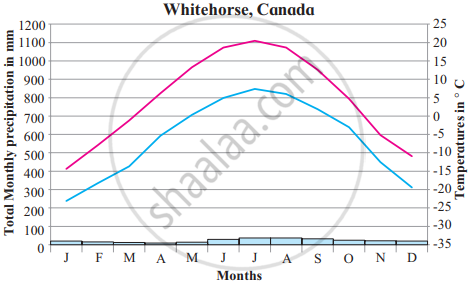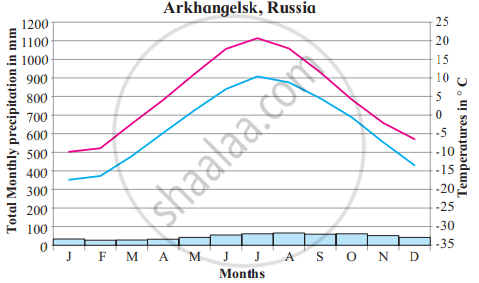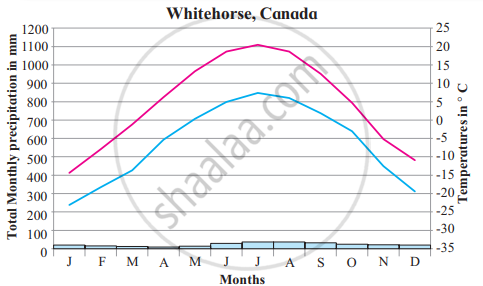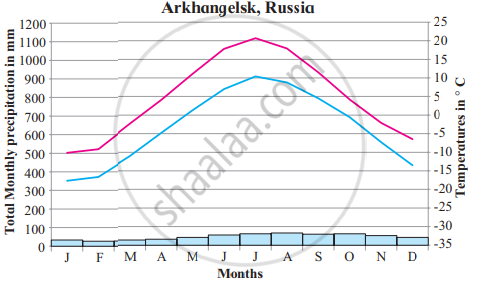Advertisements
Advertisements
प्रश्न
Give a geographical reason:
Taiga region is not found in Southern Hemisphere.
टीपा लिहा
उत्तर
Taiga region is not found in Southern Hemisphere because -
- There is not much land at higher altitudes in the southern hemisphere (until inside the Antarctic circle) where it is permanently ice-covered.
- Most of the land is fairly close to oceans and thus tempered by marine warming.
- Whereas, Taiga is found throughout the high Northern latitudes between Tundra and the temperate forest, characterized by coniferous forests.
- The strong oceanic influence in the southern hemisphere reduces the severity of the winter, thus, affecting the temperature and precipitation.
shaalaa.com
High Latitudinal Regions - Taiga or Sub-Arctic
या प्रश्नात किंवा उत्तरात काही त्रुटी आहे का?
APPEARS IN
संबंधित प्रश्न
- What would be the annual range of temperature in Taiga or Sub-Arctic? What could be the occupational activities carried out by humans here?
- What type of weathering will be prominent in the Taiga or Sub-Arctic region?
Read graphs a and b and answer the following questions. Locate the places on the map:
- Note the values of the axes. How different are these graphs from the earlier ones?
- Note the highest and the lowest temperatures and their months
- Note the highest and the lowest rainfall and their months.
- Why does not a place from Southern Hemisphere appear here?
- What factors are responsible for this climate?
Choose the correct alternative:
Lumbering flourished as an occupation from Newfoundland to Alaska in North America because:
Differentiate between:
Taiga and Tundra regions
Read the graphs figuare a and b and answer the following questions. Locate the places on the map
- Note the values of the axes. How different are these graphs from the earlier ones?
- Note the highest and the lowest temperatures and their months
- Note the highest and the lowest rainfall and their months.
- Why does not a place from Southern Hemisphere appear here?
- What factors are responsible for this climate?




